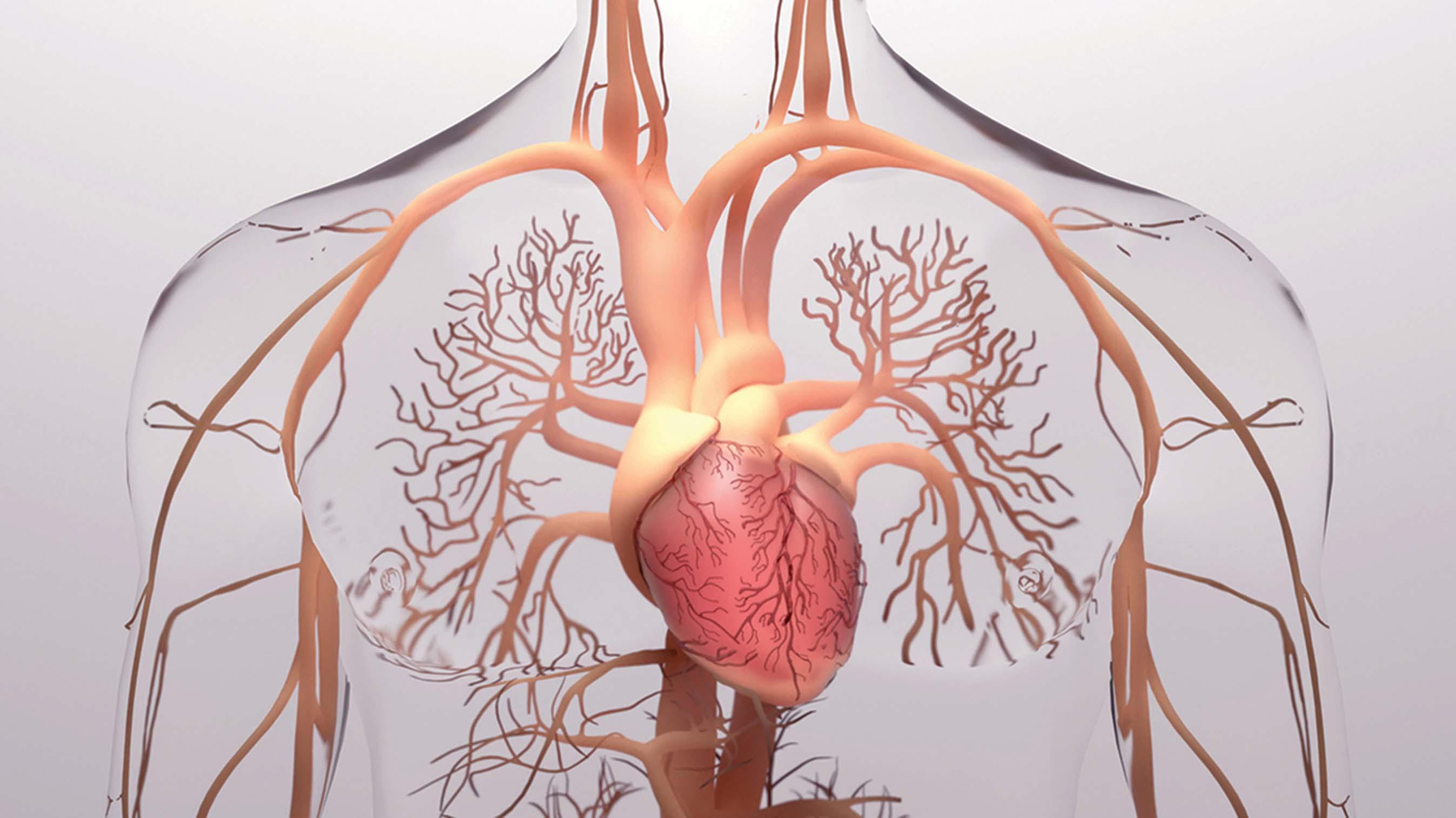The changing nature of coronary artery disease
Microvascular disease, which affects the heart's tiniest vessels, is playing a more prominent role.
- Reviewed by Christopher P. Cannon, MD, Editor in Chief, Harvard Heart Letter; Editorial Advisory Board Member, Harvard Health Publishing

The classic form of coronary artery disease stems from a gradual buildup of fatty deposits inside the arteries supplying the heart. Symptoms can range from shortness of breath, to chest discomfort during exercise or emotional stress (known as stable angina), to a full-blown heart attack.
But what if the test to look for blockages in your coronary arteries shows that they’re completely clear, or have only minimal narrowing? This scenario has become increasingly common over the past few decades, says Dr. Marcelo DiCarli, professor of radiology and medicine at Harvard Medical School.
“Overwhelming evidence suggests there’s been a shift away from obstructive disease as the only cause of heart symptoms,” says Dr. DiCarli. Instead, growing numbers of people have a condition called angina with nonobstructive coronary arteries. Also known as microvascular disease, it’s caused by problems in the network of tiny blood vessels — some no wider that a few human hairs — in the heart. Clues about this transformation come from large studies using diagnostic imaging tests coupled with heart disease registry data, Dr. DiCarli says.
The early evidence
Doctors usually look for obstructions in the heart’s arteries with a coronary angiogram, an invasive test that uses dye and x-rays. Over the past decade or so, large European studies found that the rates of obstructive narrowing in the coronary vessels have dropped by about 30% among both men and women with symptoms of coronary artery disease. “We’ve seen similar trends from the Veterans Administration, the Mayo Clinic, and our own Mass General Brigham registry, dating back about 15 years,” says Dr. DiCarli, who is executive director of cardiovascular imaging at Brigham and Women’s Hospital. Instead of invasive angiograms, the Mass General Brigham registry records results from a noninvasive imaging test called coronary computed tomography angiography. The findings of this registry, which included people younger than 65 (unlike the other registries, which mainly included older adults), also reveal a 30% to 40% decline in obstructive coronary disease over time.
Different heart attacks
A heart attack creates distinct changes on an electrocardiogram, which records the heart’s electrical activity. A classic heart attack (when a clot completely obstructs a coronary artery) creates a so-called ST-elevation myocardial infarction (STEMI). But these are also becoming less common, according to two large studies (one from Kaiser Permanente and another of more than three million heart patients in Germany).
Now, the most common type of heart attack is a non-ST elevation heart attack (NSTEMI), says Dr. DiCarli. “The reduction in blood flow to the heart comes not from a discrete blockage but a diffuse narrowing of the arteries, especially the smaller arterioles that feed the heart muscle,” he says. The inner walls of the arterioles thicken and lose their ability to expand and contract in response to the body’s demands for increased blood flow, such as during exercise.
Experts believe a massive shift in the underlying causes of cardiovascular disease could be driving these changes. “Today, we see much higher rates of obesity, diabetes, high blood pressure, and chronic kidney disease, which is changing how coronary disease manifests,” says Dr. DiCarli.
Diagnosis and treatment
Since the heart’s tiniest vessels are invisible on angiography, diagnosing microvascular disease requires specialized tests. These include PET or MRI scans done with a radioactive tracer or contrast dye to measure the blood flow to the heart muscle, both at rest and under stress. However, these tests aren’t widely available, even in major medical centers. People with known or suspected microvascular disease may want to seek out a cardiologist who specializes in the condition.
Beyond eating a healthy diet and exercising regularly, you may benefit from specific medications tailored to your risk factors. High blood sugar, the hallmark of diabetes, seems to be especially damaging to tiny vessels. Diabetes often stems from excess weight, which is why the GLP-1 drugs for diabetes and weight loss may be a promising therapy for people with microvascular disease, says Dr. DiCarli. These drugs include semaglutide (Ozempic for diabetes, Wegovy for obesity) and tirzepatide (Mounjaro for diabetes, Zepbound for obesity).
Image: © Stocktrek Images/Getty Images
About the Author

Julie Corliss, Executive Editor, Harvard Heart Letter
About the Reviewer

Christopher P. Cannon, MD, Editor in Chief, Harvard Heart Letter; Editorial Advisory Board Member, Harvard Health Publishing
Disclaimer:
As a service to our readers, Harvard Health Publishing provides access to our library of archived content. Please note the date of last review or update on all articles.
No content on this site, regardless of date, should ever be used as a substitute for direct medical advice from your doctor or other qualified clinician.
















